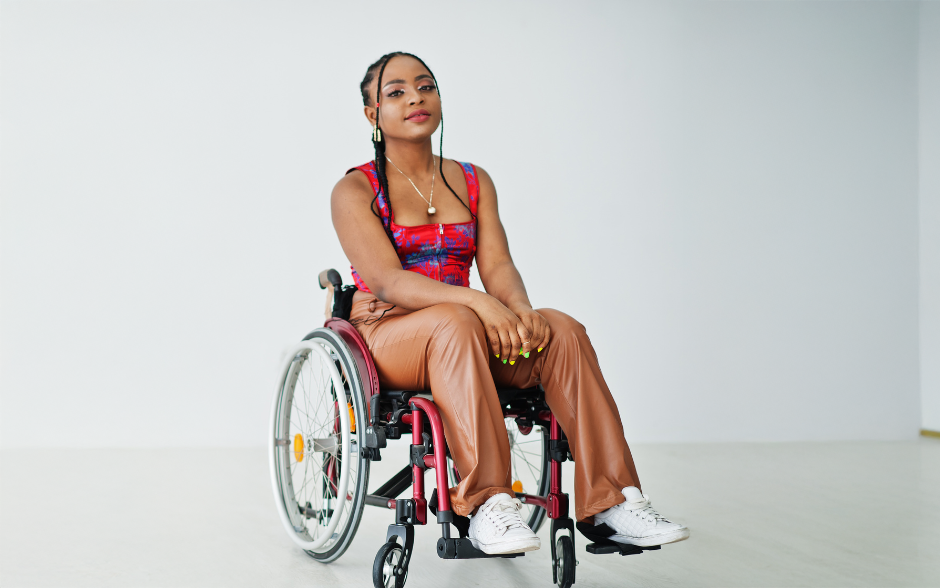
At its core, representation is about access—not just to being seen, but to contributing, expressing, and creating. For individuals living with spinal cord injury (SCI), breaking into media and entertainment represents more than an opportunity to tell authentic human stories. It’s about accessing the creative space to shape narratives, showcase talents, and connect with audiences in ways that redefine outdated perspectives.
Progress like this is vital, especially considering how far representation still has to go. A study by Nielsen Media Company revealed that only 4% of top TV shows in 2021 featured characters with disabilities, despite 26% of the U.S. population identifying as having a disability. The Craig H. Neilsen Foundation is proud to support grantee partners working to close this gap. By addressing barriers, advocating for accessibility, and creating equitable hiring pathways, they are expanding opportunities for people with SCI to thrive in all facets of media.
The recent success of Wicked, highlights the growing recognition of authentic disability representation. Marissa Bode, an actress with SCI who uses a wheelchair due to an injury sustained at age 11, portrays Nessarose—a character who uses a wheelchair—in the film. This casting choice marks a significant milestone, as Bode is the first actor with SCI to bring this decades-old character to life. “I love seeing disabled characters be played authentically by real disabled people because no one knows us better than us,” Bode told The New York Times.
Representation on screen is significant, but just as important are the opportunities behind the scenes. One of our grantee partners established Hollywood Working Groups for People with SCI, and is hosting workshops and webinars for studios, creating pathways for internships and jobs, and advocating for accessible production spaces. Actor Danny Gomez, who lives with a SCI and worked with grantee partner RespectAbility, highlighted the challenges of accessibility on set: ‘While on set for a commercial, I was unable to find an accessible restroom. All the other actors on set had access to a bathroom and trailers, but the company who decided to shoot didn’t even consider the needs of someone with a disability,’ he revealed. Another grantee partner renovated a historic theater to include elevators, ADA-compliant restrooms, and accessible dressing rooms, ensuring every creative—actors, directors, or crew members—can participate fully in their craft. Representation in media is about creating meaningful opportunities for people with SCI to contribute their talents and perspectives as storytellers, innovators, and leaders whose voices enrich the narratives we share.
The Neilsen Foundation remains committed to supporting initiatives that amplify the talents of individuals with SCI. By ensuring access to inclusive spaces, resources, and pathways to participation, we are building a future where creativity knows no bounds and everyone has the opportunity to have their story be told.